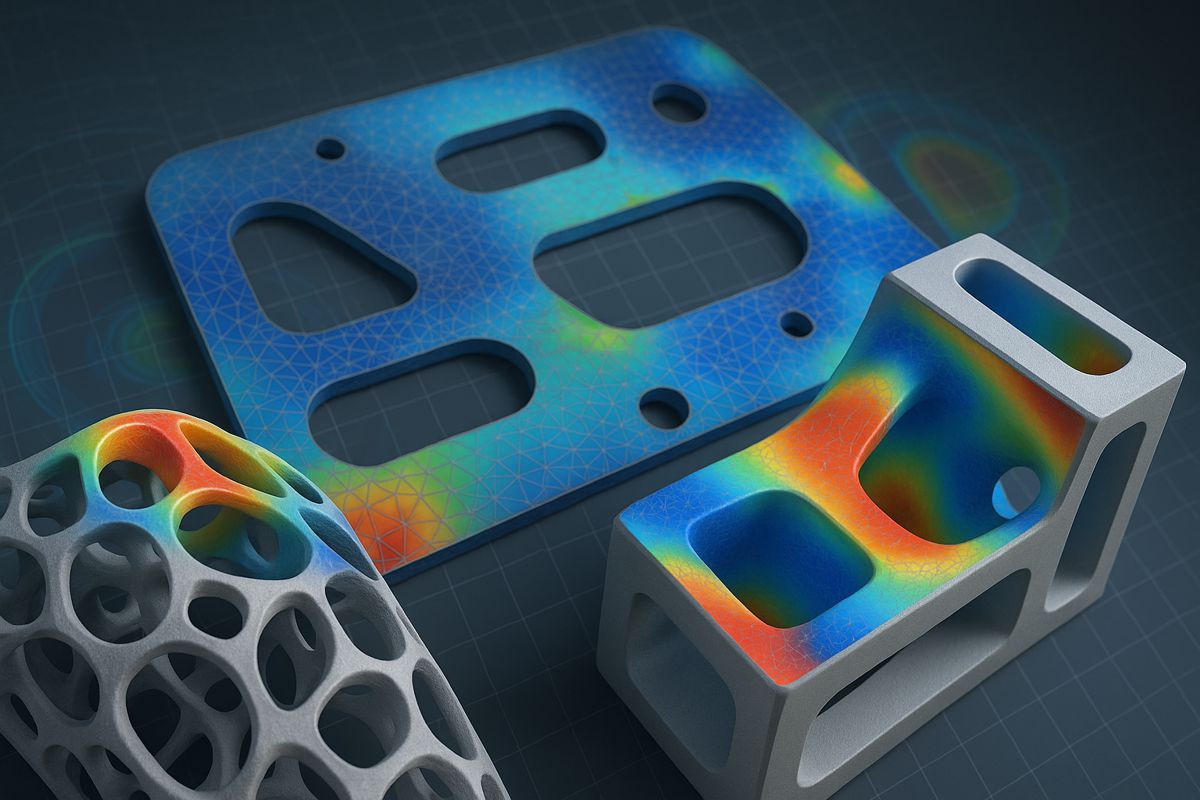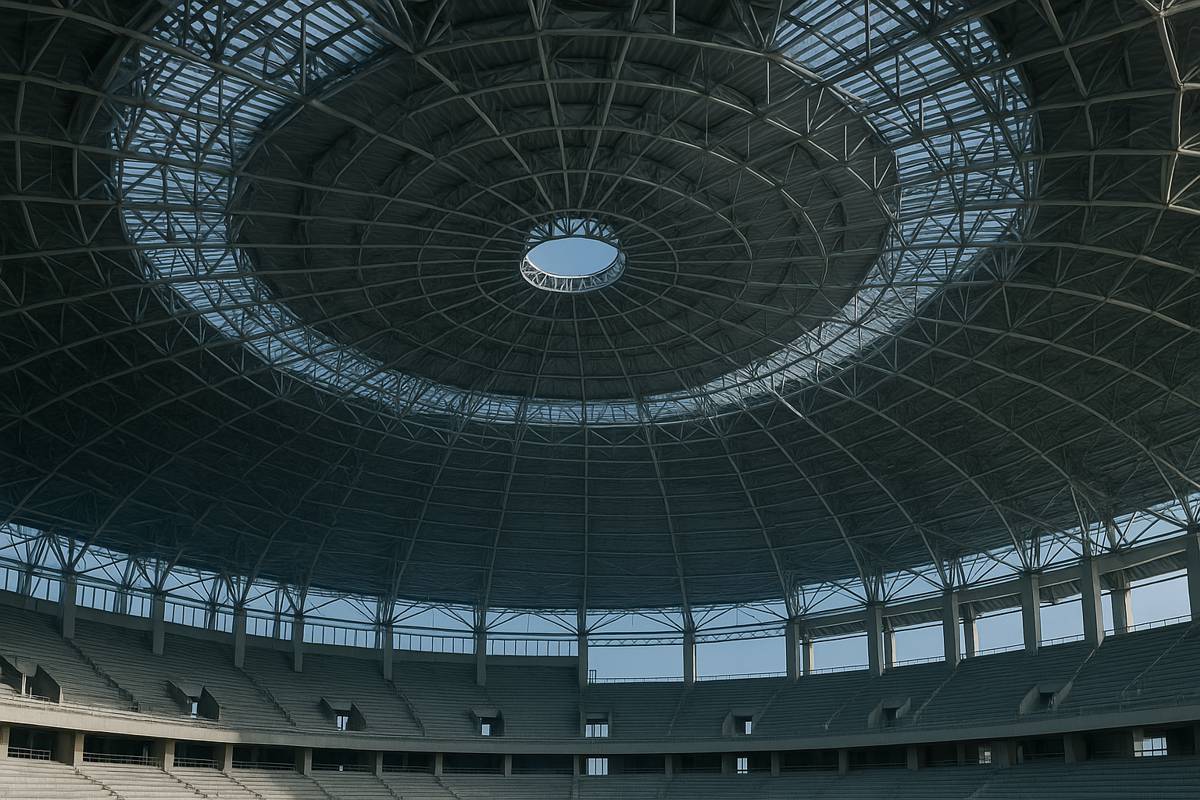Designing the optimal wooden structure for the unique Metsä Pavilion
The structural design of the Metsä Pavilion has been optimised to be as simple as possible so this unique structure could be created with maximal efficiency.
The structural design also takes into account the optimal sizing of the building’s construction material, Kerto® LVL (laminated veneer lumber), for production. This example shows that modular design with industrially engineered wood can make construction fast, light and green.
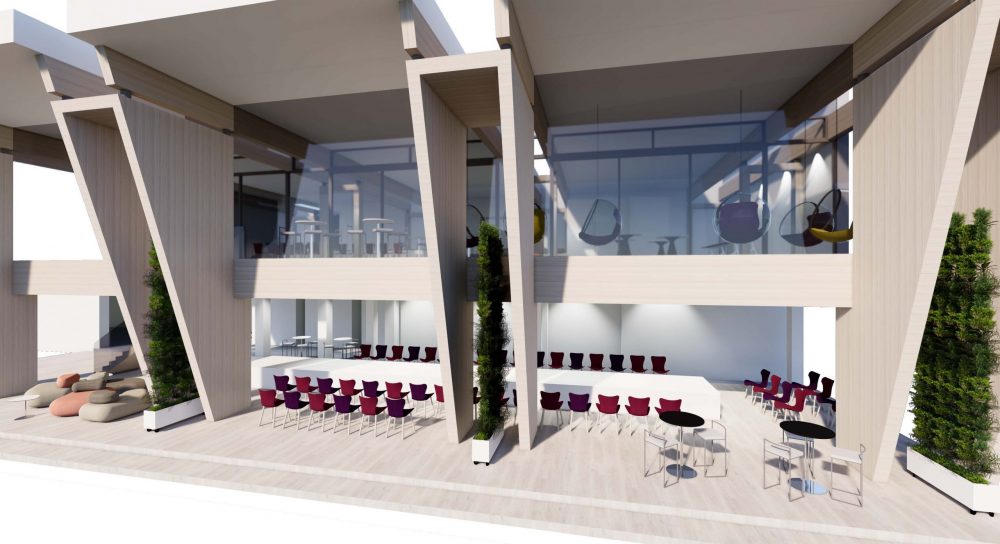
A joint effort by Metsä Group and Business Finland, the Metsä Pavilion will be used during the summer Olympics in Tokyo. The pavilion will host Finland’s Olympic and Paralympic teams as well as offering multifunctional facilities for various events.
The pavilion will be built using prefabricated wooden elements made of Metsä Wood’s Kerto LVL products. Kerto LVL is produced from 3 mm thick, rotary-peeled softwood veneers that are glued together to form a continuous billet. The billet is cut to length and sawn into LVL beams, planks or panels according to the customer´s requirements.
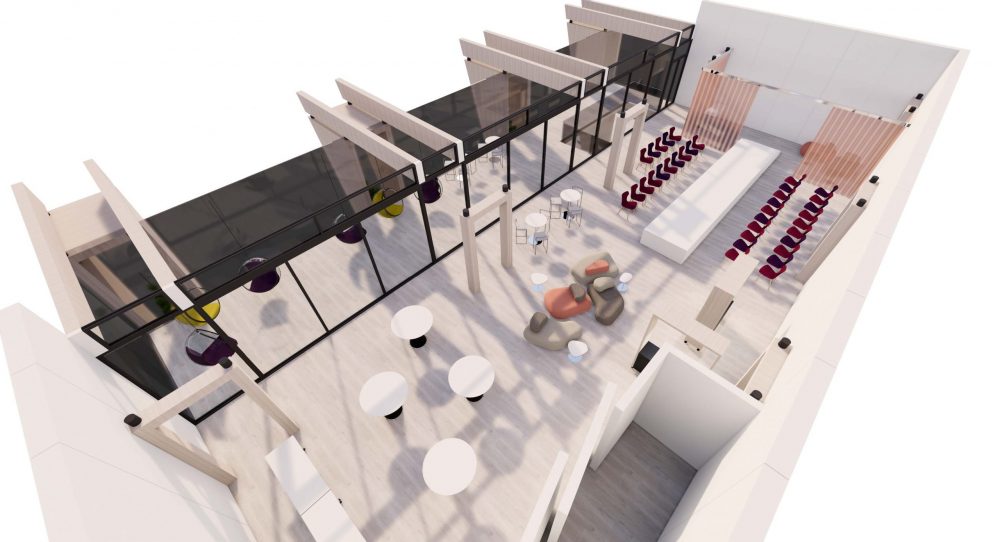
Stiff structure with Kerto LVL elements
The structural design of the Metsä Pavilion has been done by a Finnish company, AINS Group. The main goal was to create this unique building using as few parts as possible, making the production of Kerto LVL as efficient as possible. Also, the strong wind and risk of earthquakes in Japan posed a challenge to the structural design of the Metsä Pavilion. Furthermore, the open front of the building had an impact on the design.
The Pavilion’s load bearing structure consists of Kerto LVL columns, pillars and intermediate floor and roof elements, all made of Kerto LVL Q-panels and Kerto LVL S-beams. The connections between the primary beams and columns include specifically designed steel parts, which create the illusion that the building levitates in the air.
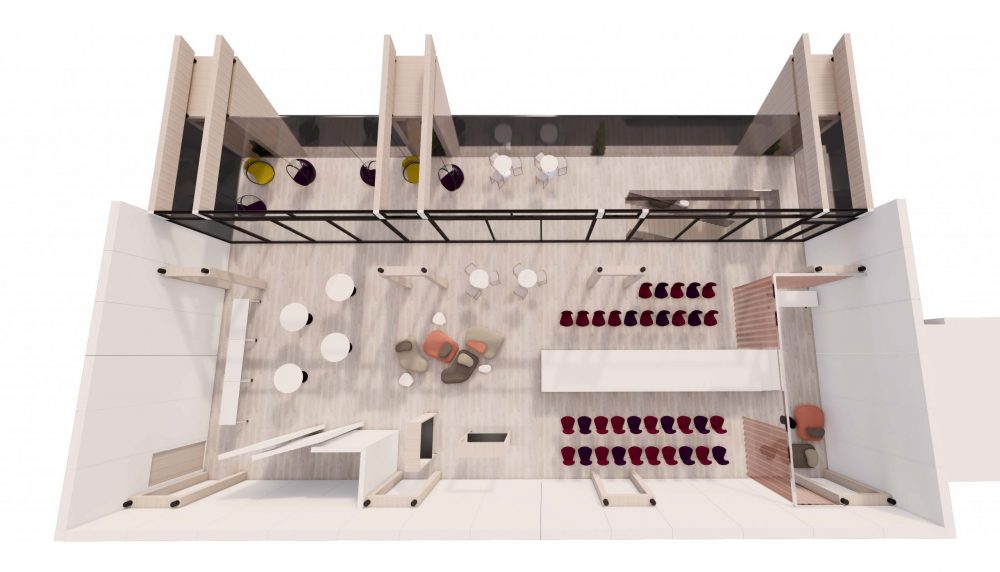
“The roof elements add rigidity to the structure and transmit the wind and potential earthquake loads through the walls to the ground. An additional diagonal support takes care of the earthquake load transfer,” says Lasse Hietanen, Project Manager, at AINS Group. He is responsible for the structural design of the Metsä Pavilion.
In front of the Metsä Pavilion, the main columns stand on a new ground structure, and both the back area and the walls incorporating Kerto LVL Q-panels at the end of the gable are supported by the old garage building.
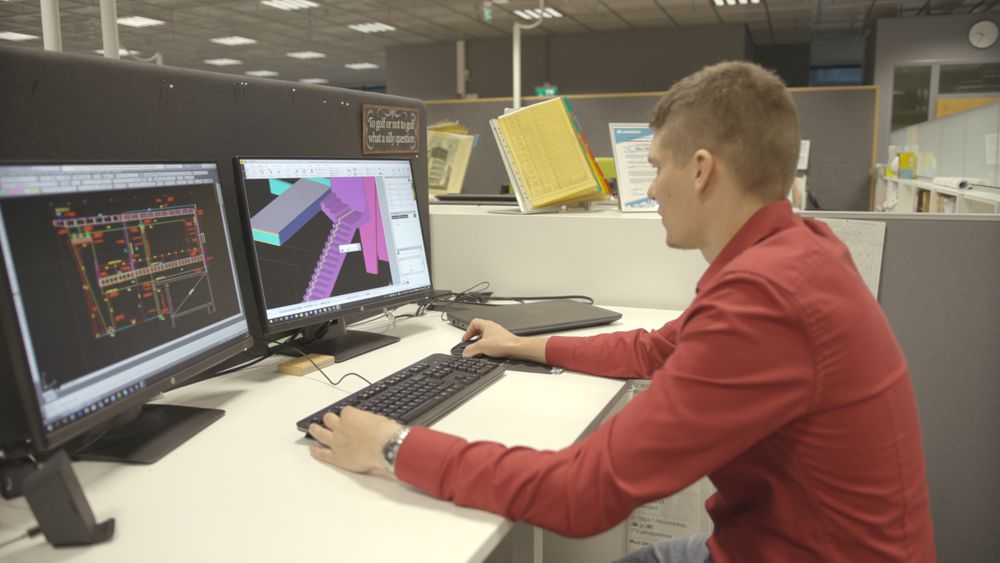
Simple parts optimised for production
The optimisation for production means that almost all the Kerto LVL parts – which range from 5 to 9 metres in length – are 1.8 metres wide, the same width as the production line. To illustrate this optimisation further, only two kinds of intermediate floor elements and four kinds of roof elements are used in the structure. The beams used in all the elements are similar.
“The goals have been to minimise the amount of waste and streamline production, in contrast to the more typical approach, namely optimising the design. The modular design also saves costs,” says Jouni Laakso, VP, Production, Kerto LVL at Metsä Wood.

Design based on Open Source Wood
The structural design of the Metsä Pavilion is based on the Kerto® LVL elements freely available in Metsä Wood’s Open Source Wood service, a platform for promoting modular wooden construction.
“I got the principles for the structural design from the Open Source Wood service and learned to combine products from the Kerto LVL family. For example, one of the great benefits of Kerto LVL Q-panel is its big size, which means there are fewer seams. These products make designing very flexible,” Hietanen highlights.
















